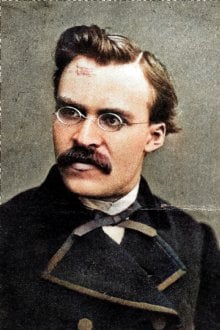"In every real man a child is hidden that wants to play"
About this Quote
Friedrich Nietzsche’s assertion that “In every real man a child is hidden that wants to play” speaks to the intrinsic and enduring presence of childlike qualities within the adult self. The philosopher draws attention to the playful, creative, and innocent aspects that coexist within the serious, responsible exterior of adulthood. He suggests that, beneath layers of social expectation, discipline, and the burdens of maturity, there remains a spirit that longs for spontaneity, joy, and unstructured exploration.
Cultural norms often pressure individuals to set aside play once they reach a certain age, equating maturity with seriousness and the suppression of whimsical impulses. However, Nietzsche challenges this notion by emphasizing the indispensable role that play and the child within serve for the human experience. The ability to play, imaginatively, artistically, or simply in the act of enjoying life, fosters adaptability, resilience, and vitality. It allows for the breaking of conventions, problem-solving, and personal growth. The child within urges adults to question, to wonder, to create, and to find pleasure beyond utility and productivity.
The phrase also reflects Nietzsche’s broader philosophical themes regarding becoming and authenticity. The child’s desire to play symbolizes an individual’s willingness to embrace transformation, curiosity, and joy, the same qualities vital for self-overcoming, which Nietzsche advocates as essential for true personal development. The hidden child’s presence is not a sign of immaturity, but a reservoir of energy and possibility, reminding individuals of a world unfiltered by cynicism or mechanical routine.
Ultimately, Nietzsche’s insight is a gentle admonition that living fully requires not just fulfilling duties, but also nurturing the playful, imaginative self. The child within seeks expression, beckoning adults to balance seriousness with joy, and to rediscover worlds of meaning, beauty, and freedom that are too often forgotten.
More details
About the Author

